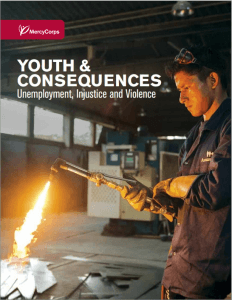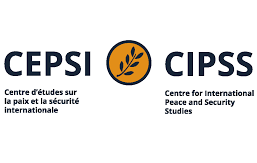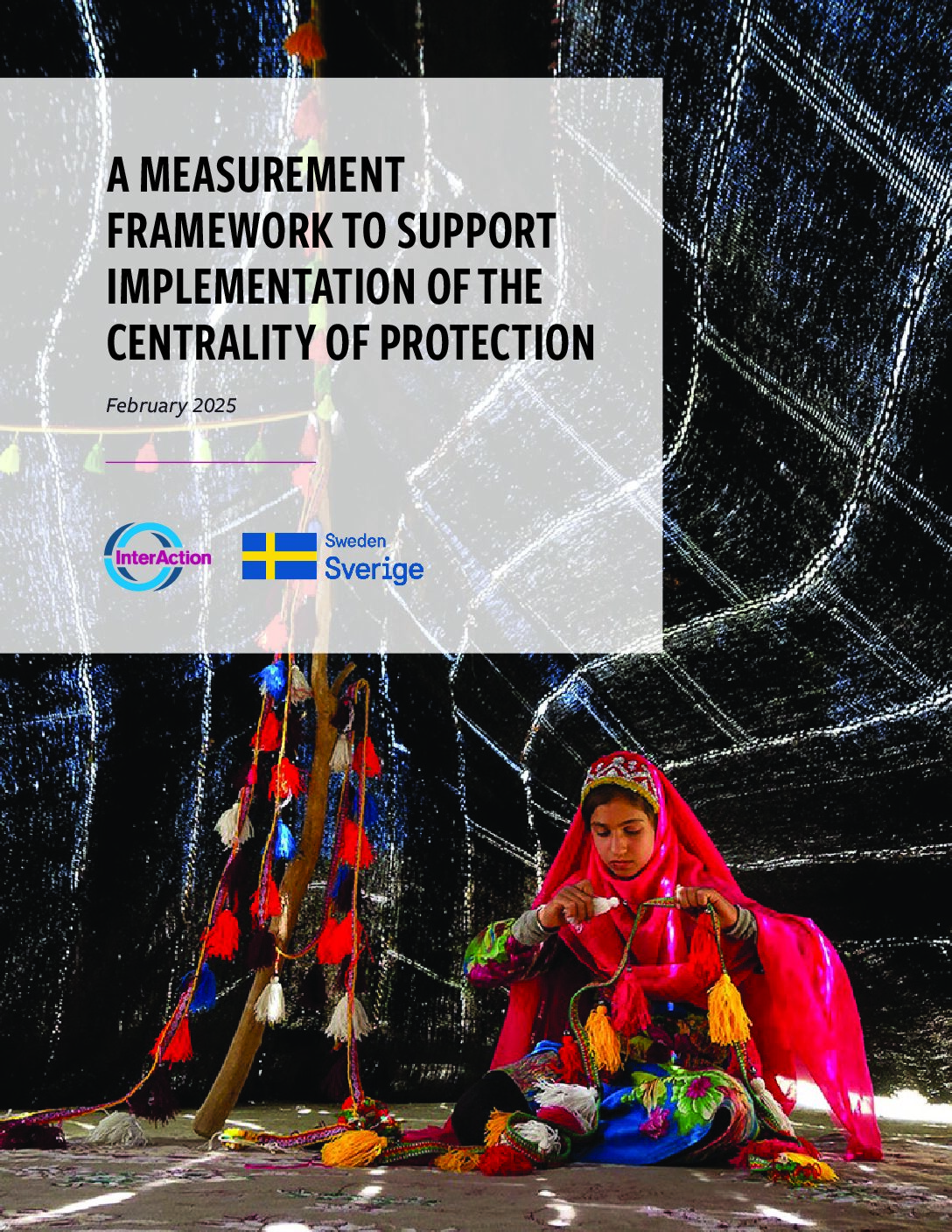A new report from Mercy Corps evaluates the factors that propel young people to take up arms. The report found that contrary to the assumptions of many donors and NGOs, the principal drivers of political violence are rooted not in poverty, but in experiences of injustice. While the scope of the report covers youth projects beyond protection-specific activities, many of the key messages are relevant to learning from the Results-Based Protection Program:
- As we have seen with many protection programs, “there is a tendency to implement programs that have been implemented elsewhere, using boilerplate, sector-specific indicators” and “many indicators are divorced from impact”
- A comprehensive analysis of the drivers of violence and risks associated with this decision making process is essential to understanding to designing a strategy and response. In this case, gathering youth perspectives on why they join violent movements is essential to understanding what is driving the threat to civilians, understanding their attitudes and motivations towards violence.
- An ongoing and nuanced process of reflection of our assumptions and the underlying causal logic of an intervention is essential to ensuring that programming is appropriate and impactful. In the case of this report, Mercy Corps found that “contrary to assumptions driving bread-and-butter stability programs, employment status appears to have little or no effect on whether a young person will engage in or support political violence.”
- Any intervention must start with the community: “Empowering local reformers and youth to build more just and inclusive societies remains, we believe, the best bet for a more peaceful future”
- Lengthy time horizons – along with a tolerance for risk and flexibility – are indispensable. The report notes that even in environments rife with “local hostility, insecurity, and a deficit of trustworthy local partners, the best practices are evident in locally owned, demand-driven programs; targeted interventions that reach the most marginalized; and multifaceted approaches that mix psychosocial programming, protection, economic development and meaningful improvements in governance.” But the success of these programs requires time to conduct a full analysis and build relationships, flexibility to evolve programming, and innovation.
- Coordination is essential to address issues comprehensively.



